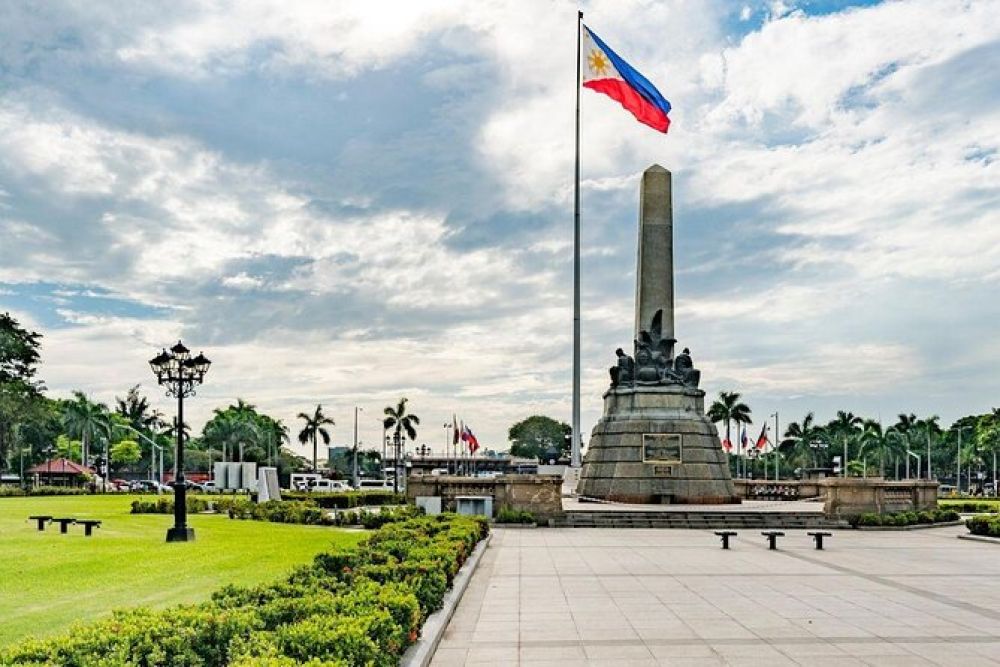

Rizal Park, known as Luneta Park, is not only an urban park located in the heart of Manila, Philippines but also a historical landmark. Named after Dr. Jose Rizal, the Philippines' national hero, the park has been a significant focal point for both Philippine culture and tourism.
The history of tourism at Rizal Park dates back to the Spanish colonial period when it was originally called Bagumbayan (New Town). In the early 1820s, the area was developed as a public promenade called the Paseo de Luneta. Over the years, it has become a venue for family and recreational activities, attracting both locals and tourists with its charm and historical significance.
The execution of Dr. Jose Rizal on December 30, 1896, was a pivotal moment in Philippine history. As a renowned writer and activist, Rizal's death sparked the Philippine Revolution against Spanish colonial rule. The site where he was executed is now marked by the Rizal Monument, which was unveiled in 1913. This monument has since become a major draw for tourism, inviting visitors to pay their respects and learn more about the country's past.
Post-World War II, Rizal Park underwent various phases of redevelopment to restore and improve it as a primary leisure spot for tourists and local residents alike. The park today features gardens, historic markers, monuments, a grand stadium, an open-air concert hall, and museums, including the National Museum of the Philippines.
Rizal Park continues to be a centerpiece of Manila tourism. Its historical significance and central location make it a must-visit destination. The park holds a number of events throughout the year, such as Independence Day celebrations, concerts, and other cultural performances, which are popular among visitors. Additionally, the Light and Sound Show telling the story of Rizal's martyrdom is a unique feature that encapsulates the historical narrative of the park and the nation's struggle for freedom.
With the rise of digital technology, there has been an increase in interactive tours and the use of augmented reality to enhance visitor experiences. Rizal Park has also embraced environmental sustainability by implementing green initiatives. Furthermore, health and wellness tourism have seen an uptick with the park being a choice location for outdoor exercise and activities.
The park's administration continuously works on improving facilities to cater to the evolving needs of tourists. Plans for future enhancements include updates to landscaping, the introduction of more educational resources, and the improvement of visitor amenities to ensure a comfortable and enriching experience.
In summary, the significance of Rizal Park in the history of tourism in Manila is undeniable. Its transformation from a simple public space to a hub of national significance reflects both the challenges and the triumphs of the Filipino people. As tourism trends evolve, Rizal Park adapts, ensuring its legacy for future generations.